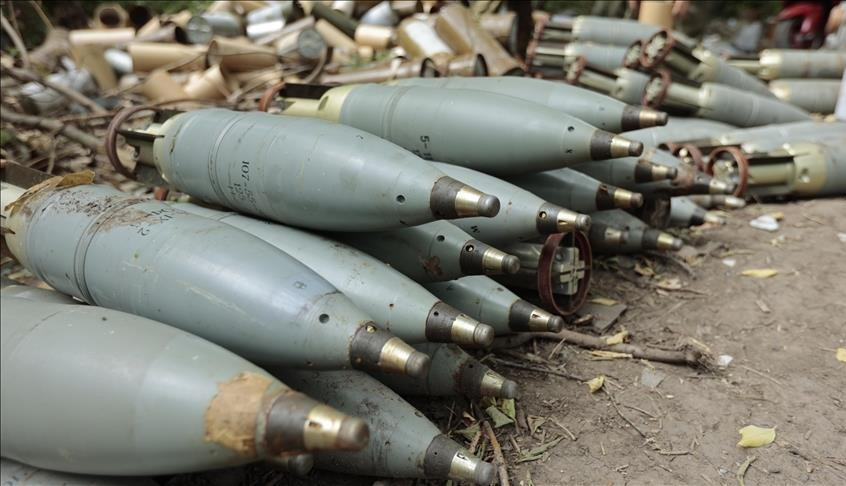The U.S. Department of Defense — the Pentagon — is having trouble keeping up with the demands of the Ukraine conflict, The Washington Post has reported, warning that failure to sustain current production levels could jeopardize security on the home front.
U.S. military contractors are soon expected to double the rate of standard NATO artillery round production recorded prior to the current phase of the conflict. However, even churning out 28,000 shells per month is insufficient to satisfy what the outlet called “Ukraine’s astonishing hunger for artillery ammunition,” let alone shore up depleted reserves at home.
A shortage of raw materials – particularly the explosive TNT, which the US no longer produces – has hampered the Pentagon’s efforts to restock its own arsenal, which has been severely depleted by its support for Ukraine. Washington currently obtains much of its TNT from Poland but has been searching for new suppliers, including in Japan, after losing production partner Zarya when the region where the factory was located voted to become part of Russia in last year’s referendum.
Limited supplies of the propellant used to move artillery shells through gun barrels are also hampering defense contractors’ production capabilities, according to Czech propellant charge manufacturer Explosia. Spokesman Martin Vencl told the Post that the raw materials required to make propellant, including nitroglycerin and nitrocellulose, are in short supply.
Bureaucratic hurdles also mean that just 40.8% of the Pentagon’s $44.5 billion in Ukraine-related production contracts have been finalized, according to the Post. An industry expert from the Center for Strategic and International Studies defended the figure as better-than-usual performance, as concluding a major defense contract normally takes as long as 16 months.
An unnamed Pentagon official suggested that the solution to avoiding future shortages was to maintain “consistent high demand” for ammunition. The Pentagon should “continue to procure at that level over a longer period of time so that we have not just healthy stocks, but a healthy production and industrial base that’s able to meet them,” the person told The Washington Post. The Pentagon hopes to increase output to 1 million shells per year by the fall of 2025.
“One of the lessons learned out of the Ukrainian experience is we need to go back and revisit those minimum standards [for ammunition stocks]. And we may have underestimated,” Army Secretary Christine Wormuth told reporters last month.
U.S. President Joe Biden requested another $20.6 billion for Ukraine from Congress last week, even as officials began to quietly admit that Kiev’s counteroffensive has been a failure. The much-hyped initiative, which has retaken just a handful of villages since June, has cost Ukraine 43,000 troops and nearly 5,000 pieces of equipment, according to the Russian Defense Ministry.


